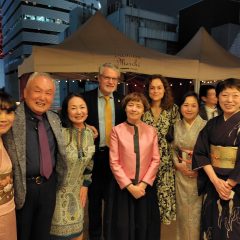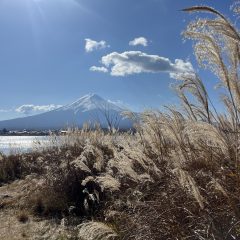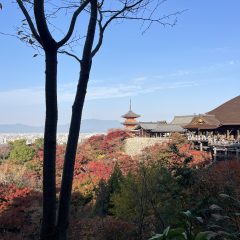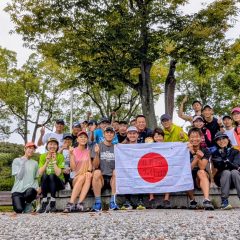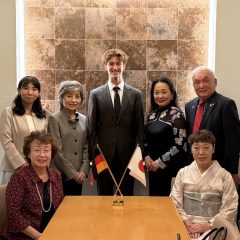☆☆☆The fourth report Antonia Kammüller, 21 scholarship holder of the Grünwald Foundation ☆☆☆
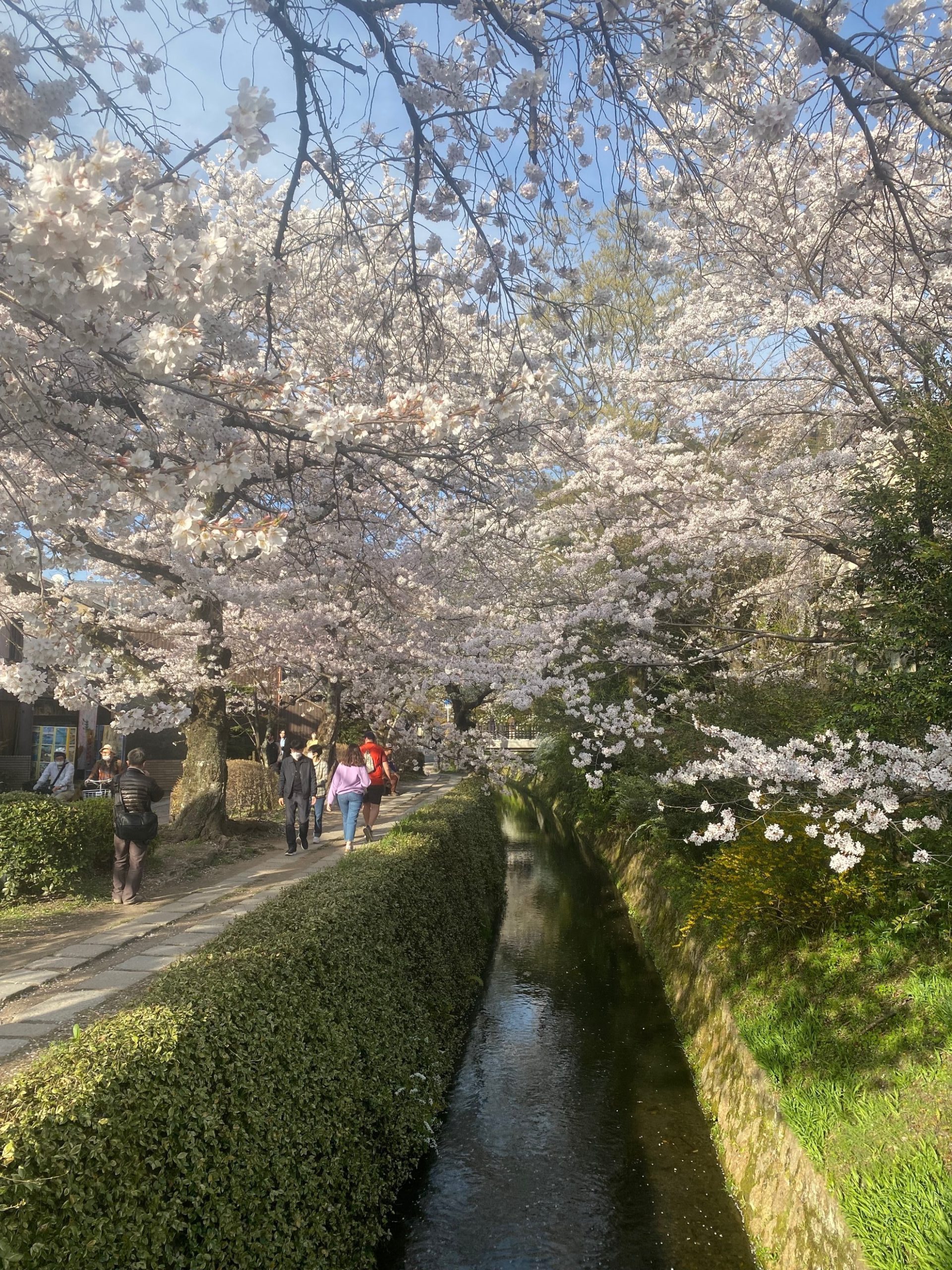
Sakura, Sakura,
In the fields and hills and villages
As far as the eye can see.
Like mist, like clouds.
Shining in the rising sun,
Sakura, Sakura.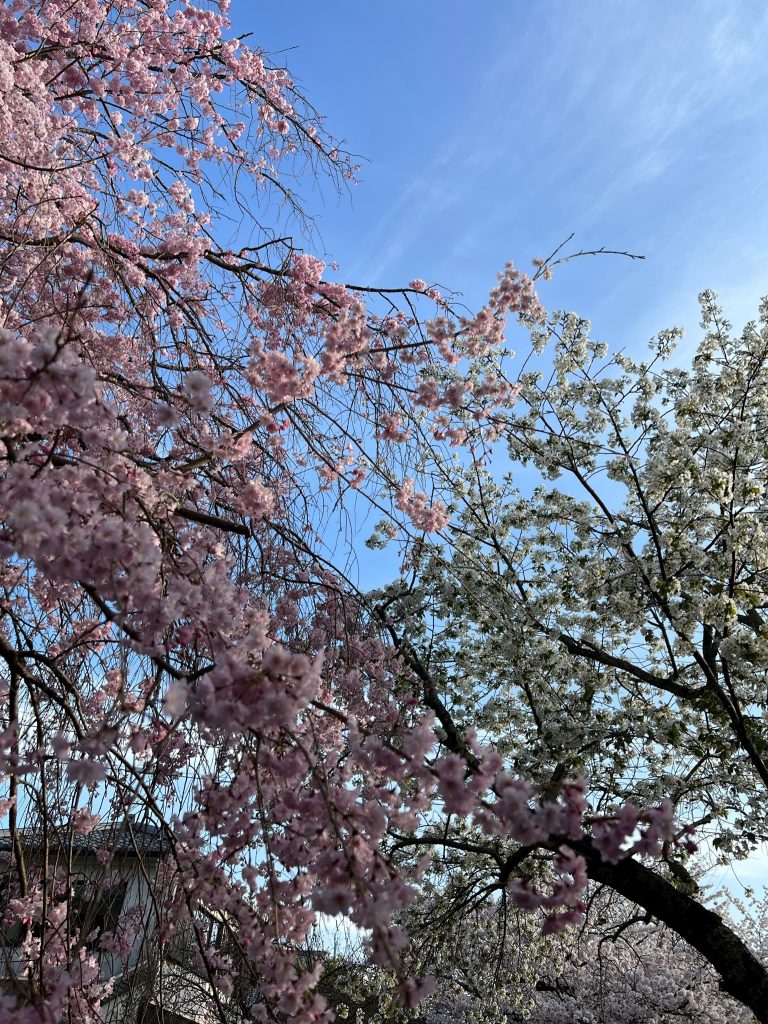
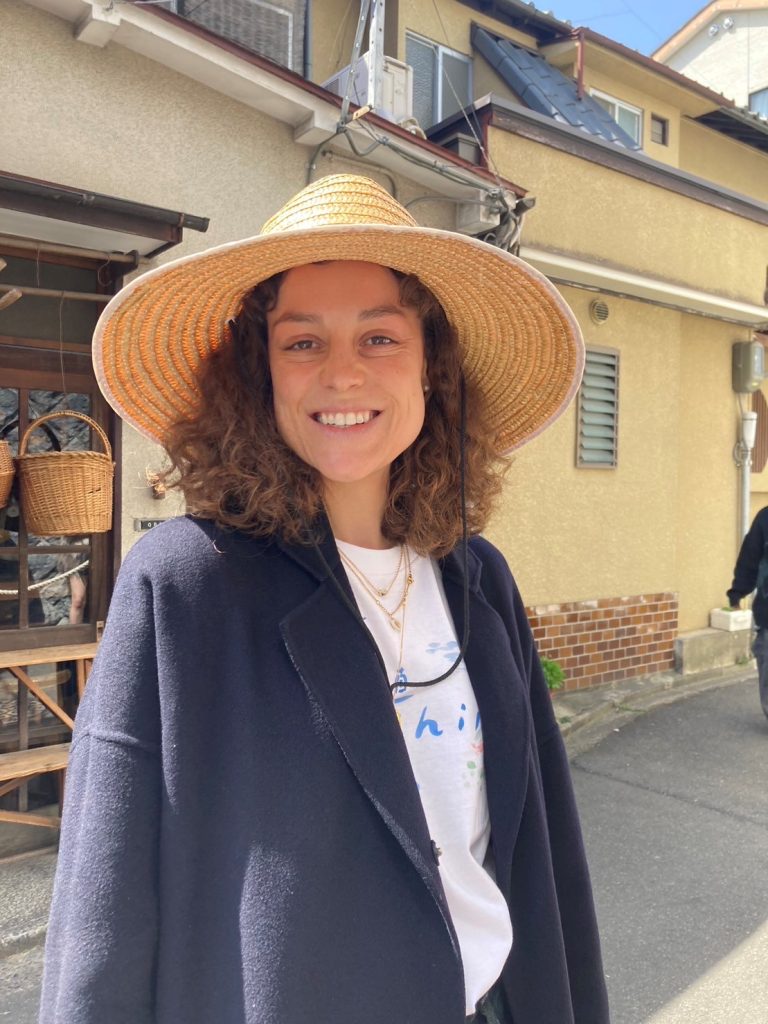 The song “Sakura, Sakura” is a traditional Japanese folk song that perfectly captures the beauty of cherry blossoms (Sakura) and the atmosphere of Sakura season. The verses describe how the blossoms stretch over fields, hills, and villages, painting the landscape in a magical pink hue. The comparisons with mist and clouds convey the lightness and transience of the blossoms, which shine in the rising sun.
The song “Sakura, Sakura” is a traditional Japanese folk song that perfectly captures the beauty of cherry blossoms (Sakura) and the atmosphere of Sakura season. The verses describe how the blossoms stretch over fields, hills, and villages, painting the landscape in a magical pink hue. The comparisons with mist and clouds convey the lightness and transience of the blossoms, which shine in the rising sun.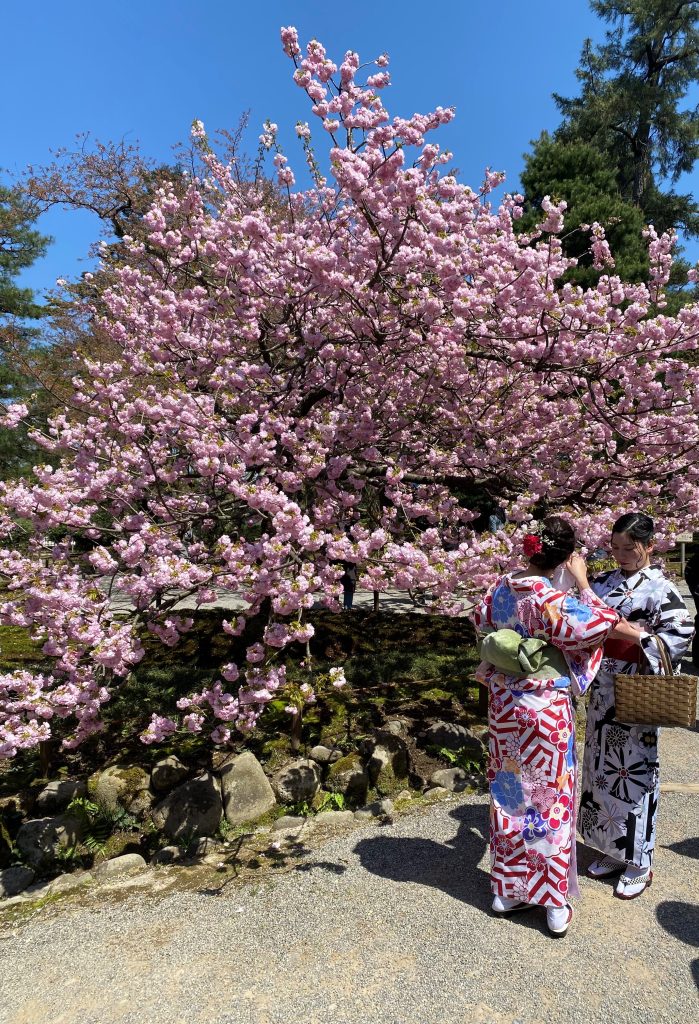 The significance of the cherry blossom season has been a central part of Japanese culture for centuries, including literature and art. In classical Japanese poetry, especially in Haiku and Tanka, cherry blossoms are a frequently used motif. They are also a popular subject in traditional Japanese painting, especially in the Ukiyo-e art. The short blooming season reminds people to appreciate life and the beauty of nature before it fades away. The cherry blossom is also a symbol of renewal as it marks the beginning of spring and the awakening of nature after winter.
The significance of the cherry blossom season has been a central part of Japanese culture for centuries, including literature and art. In classical Japanese poetry, especially in Haiku and Tanka, cherry blossoms are a frequently used motif. They are also a popular subject in traditional Japanese painting, especially in the Ukiyo-e art. The short blooming season reminds people to appreciate life and the beauty of nature before it fades away. The cherry blossom is also a symbol of renewal as it marks the beginning of spring and the awakening of nature after winter.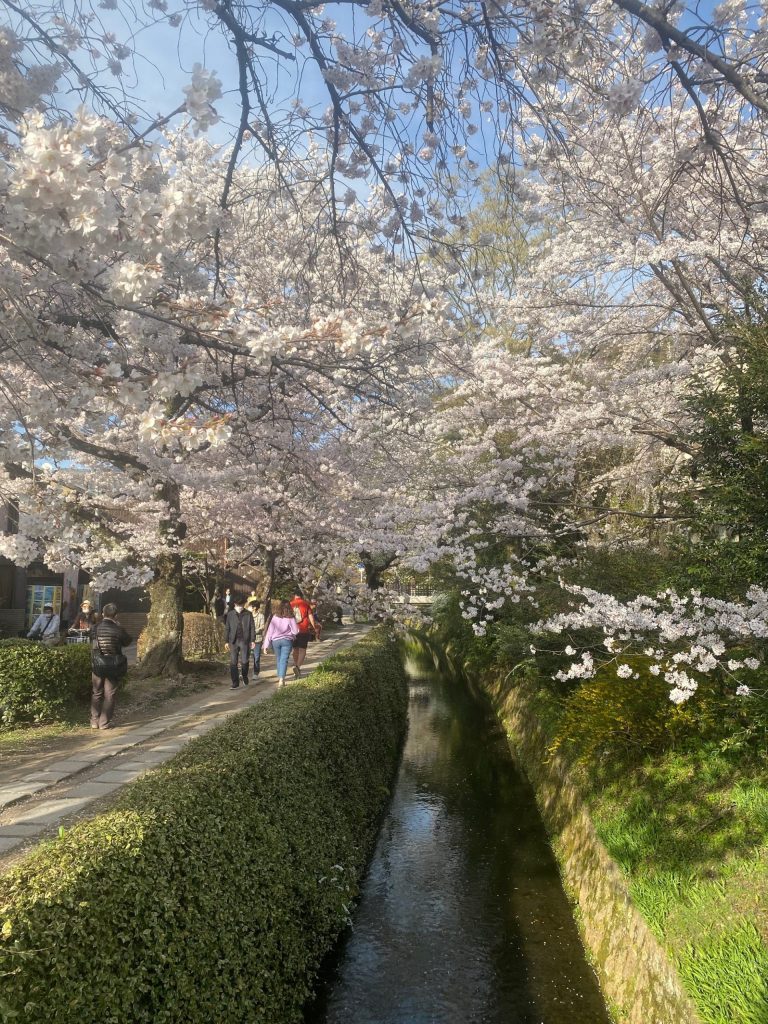 In Japan, people celebrate Sakura with traditional Hanami parties, where families and friends picnic under the blooming trees and enjoy the beauty of nature. I also celebrated the beginning of spring with friends by having a picnic at the river in Kyoto and then admiring hundreds of magnificent trees on the Philosopher’s Path, which stretches over two kilometers and connects the temples of Ginkaku-ji and Nanzen-ji.
In Japan, people celebrate Sakura with traditional Hanami parties, where families and friends picnic under the blooming trees and enjoy the beauty of nature. I also celebrated the beginning of spring with friends by having a picnic at the river in Kyoto and then admiring hundreds of magnificent trees on the Philosopher’s Path, which stretches over two kilometers and connects the temples of Ginkaku-ji and Nanzen-ji.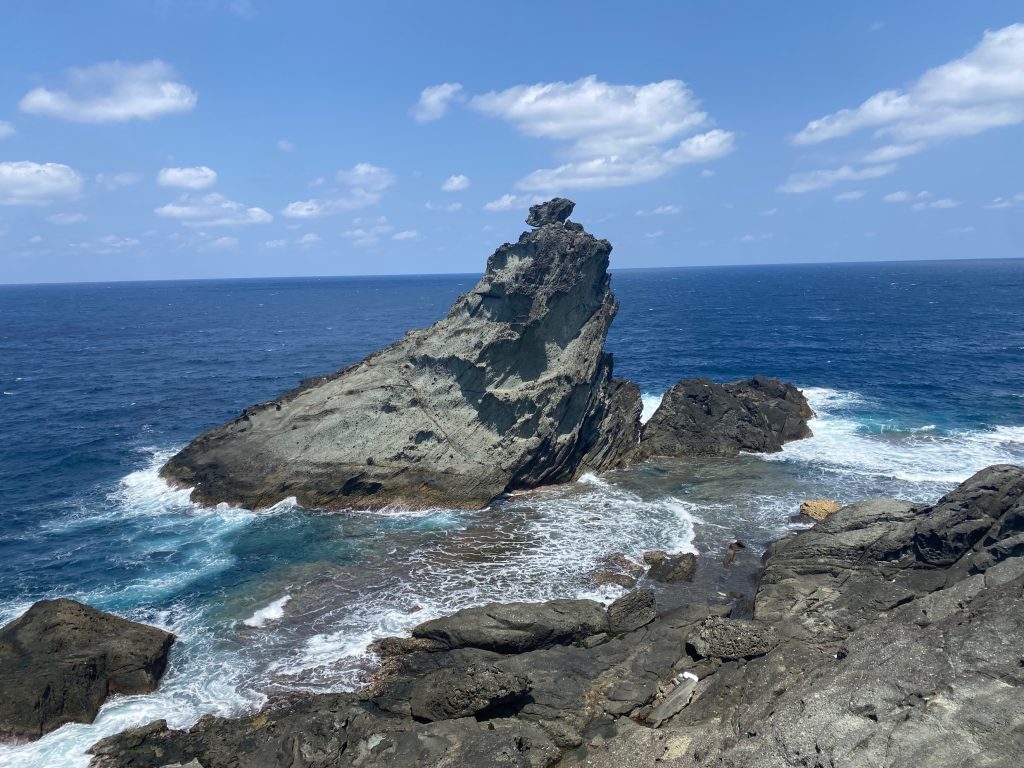
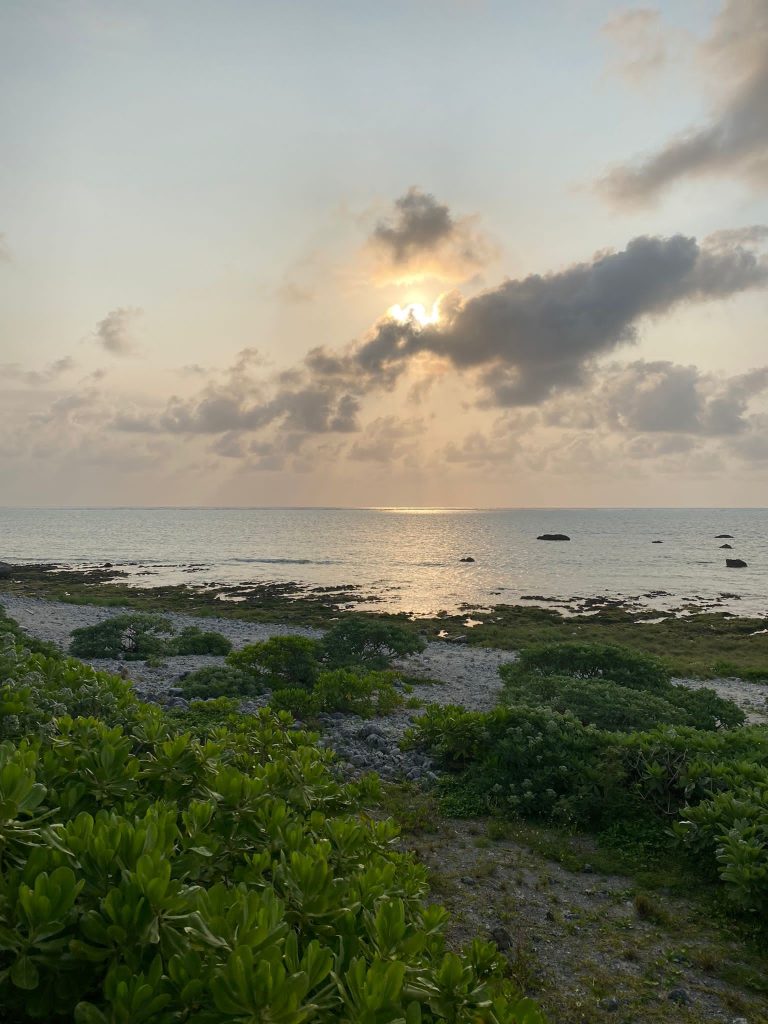 I spent my birthday in the wonderful Okinawa on the island of Ishigaki, which is only an hour’s flight from Taiwan. The climate is subtropical, which means I could wear shorts for the first time this year and spend a lot of time outdoors. The landscape on Ishigaki is characterized by coral reefs and turquoise lagoons, making it a popular destination for diving enthusiasts. However, one should stay away from the manta rays… I especially enjoyed the unique ceramic art of the island, whose blue glaze resembles the colors of the Okinawan sea and is created by combining mineral ores with transparent glass. In a ceramic studio, I tried this technique myself and look forward to receiving the plate I made there in half a year.
I spent my birthday in the wonderful Okinawa on the island of Ishigaki, which is only an hour’s flight from Taiwan. The climate is subtropical, which means I could wear shorts for the first time this year and spend a lot of time outdoors. The landscape on Ishigaki is characterized by coral reefs and turquoise lagoons, making it a popular destination for diving enthusiasts. However, one should stay away from the manta rays… I especially enjoyed the unique ceramic art of the island, whose blue glaze resembles the colors of the Okinawan sea and is created by combining mineral ores with transparent glass. In a ceramic studio, I tried this technique myself and look forward to receiving the plate I made there in half a year.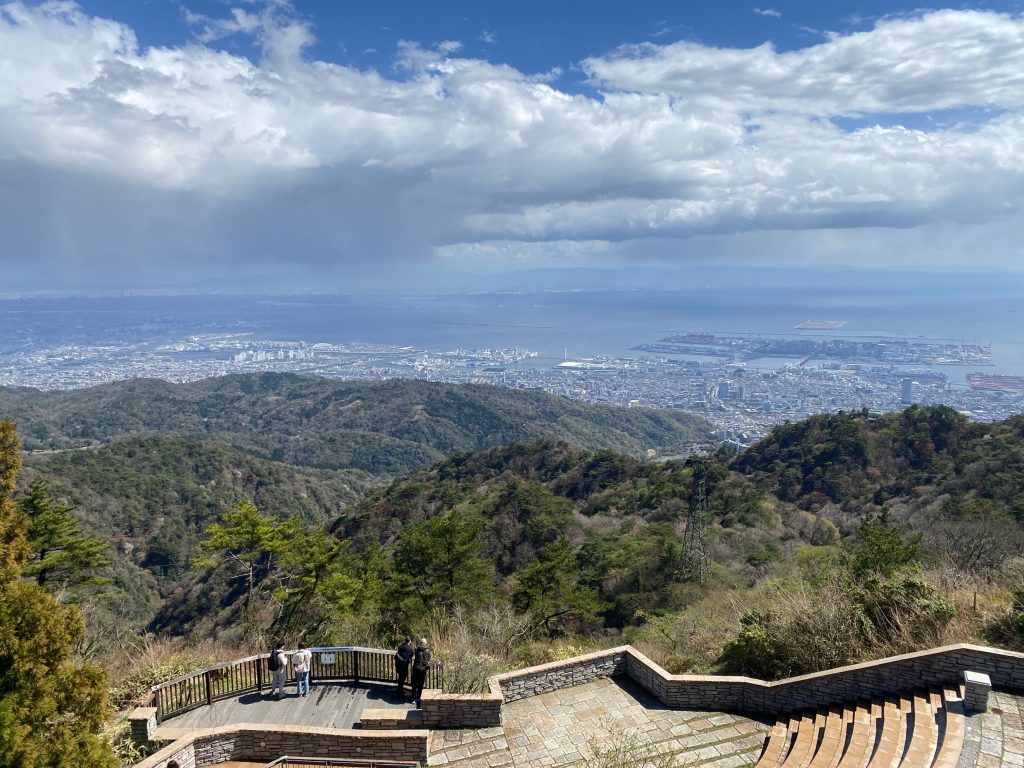
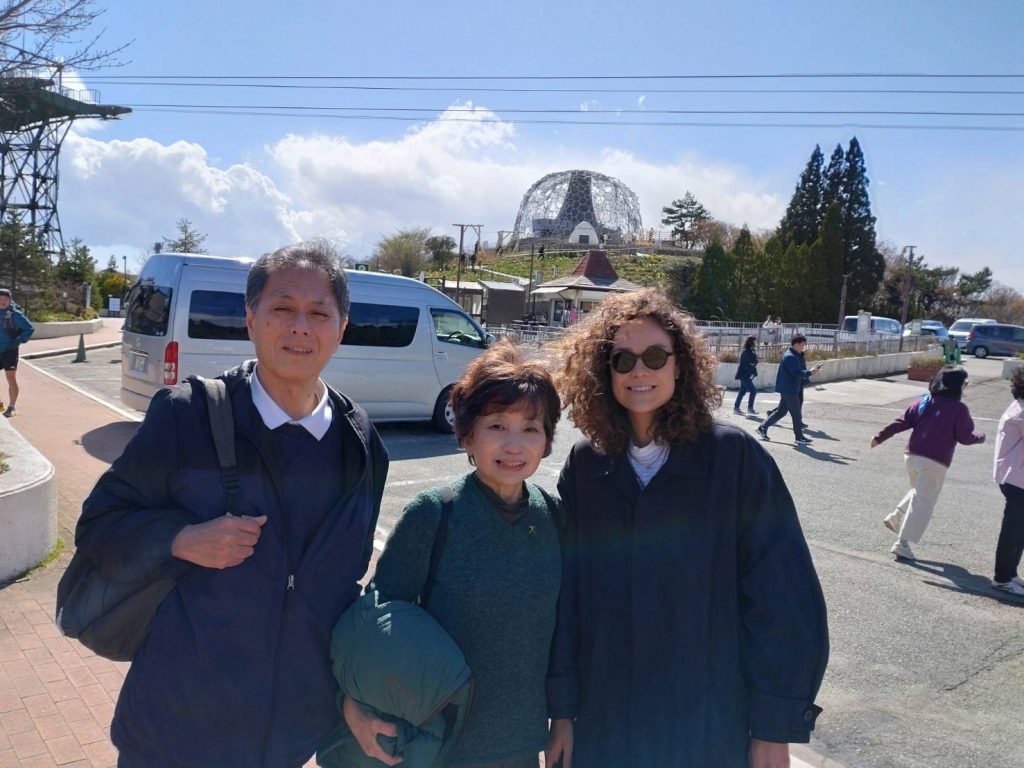 This year’s Easter weekend was very special for me. Far away from the usual celebrations at home, I was able to spend Saturday with Mrs. Ikawa and her husband, who, after we cooked and distributed curry for the homeless with many other helpers from the Central Catholic Church Kobe in Kobe, took me on a trip to the Rokko Mountains. Up high, we had a magnificent view of Kobe and Osaka while enjoying Japanese tea and coffee. Thanks to a very dedicated Japanese lady, we were able to take beautiful photos of the three of us home. The commitment of the Japanese who are asked to take a photo is really incomparable.
This year’s Easter weekend was very special for me. Far away from the usual celebrations at home, I was able to spend Saturday with Mrs. Ikawa and her husband, who, after we cooked and distributed curry for the homeless with many other helpers from the Central Catholic Church Kobe in Kobe, took me on a trip to the Rokko Mountains. Up high, we had a magnificent view of Kobe and Osaka while enjoying Japanese tea and coffee. Thanks to a very dedicated Japanese lady, we were able to take beautiful photos of the three of us home. The commitment of the Japanese who are asked to take a photo is really incomparable.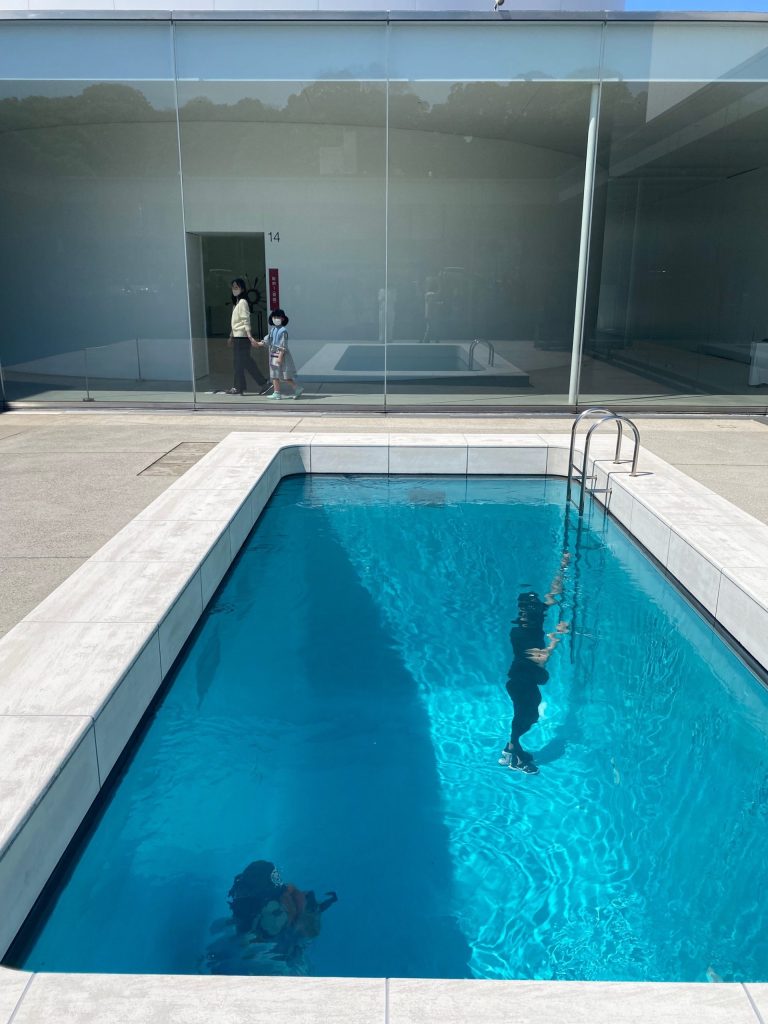
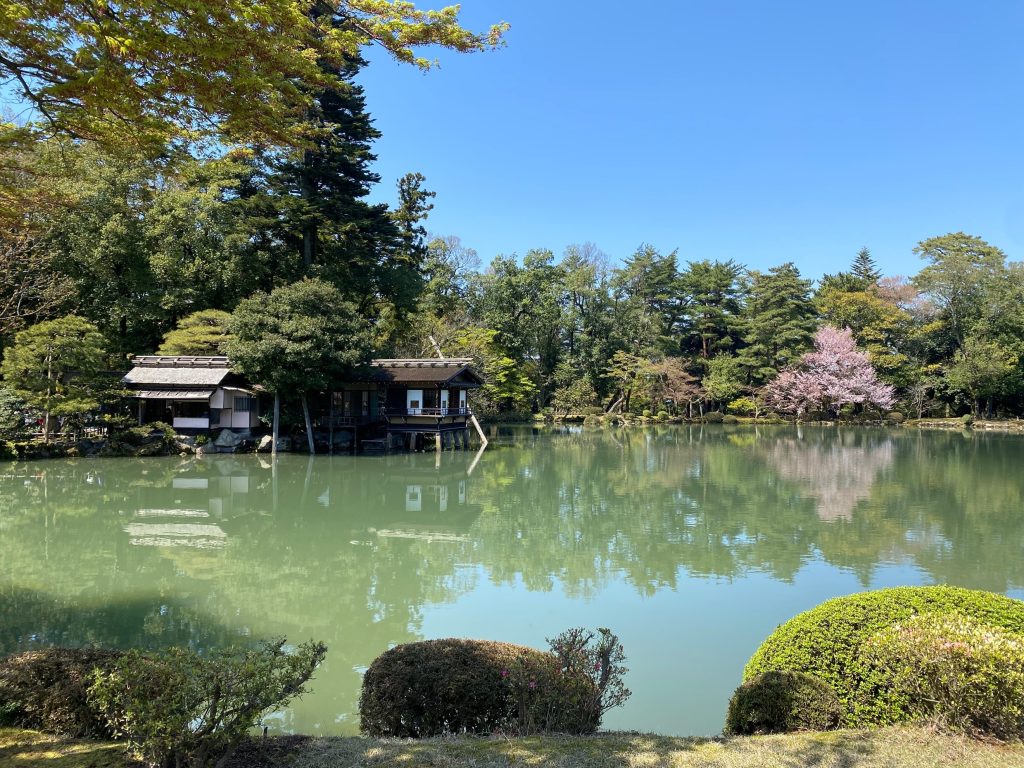
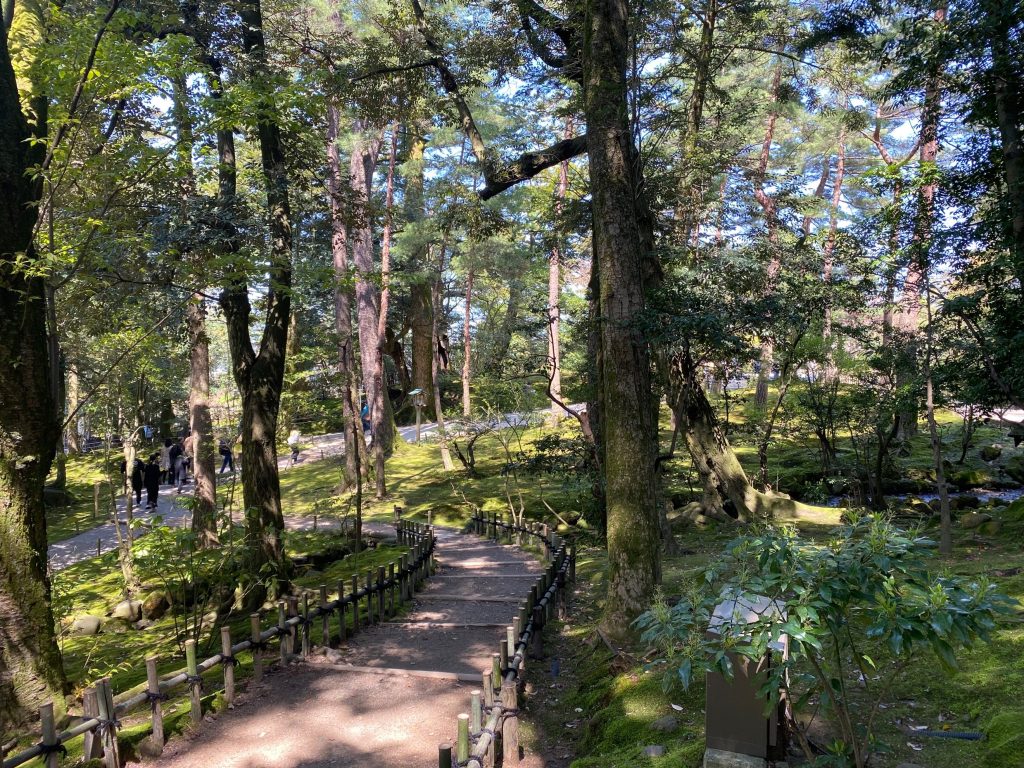 My two weeks ended with another highlight, a trip to Kanazawa. The 21st Century Museum of Contemporary Art had been on my „art wishlist“ for a long time and did not disappoint. The architecture of the museum itself is impressive, as it perfectly harmonizes with the surroundings, as often seen in Japan. Unfortunately, the exhibitions were very crowded due to some very “photogenic” art installations (especially “The Swimming Pool” by Leandro Erlich), so I then headed to the Kenroku-en Garden, which is right next door and is not only a place of beauty but also a place of peace and tranquility. The name Kenroku-en means “Garden with the six elements”, referring to the six characteristics of the perfect garden. Expansiveness (宏大 kōdai) and seclusion (幽邃 yūsui), artistry (人力 jinryoku) and tradition (蒼古 sōko), flowing water (水泉 suisen) and expansive views (眺望 chōbō). My conclusion: the name lives up to its promise!
My two weeks ended with another highlight, a trip to Kanazawa. The 21st Century Museum of Contemporary Art had been on my „art wishlist“ for a long time and did not disappoint. The architecture of the museum itself is impressive, as it perfectly harmonizes with the surroundings, as often seen in Japan. Unfortunately, the exhibitions were very crowded due to some very “photogenic” art installations (especially “The Swimming Pool” by Leandro Erlich), so I then headed to the Kenroku-en Garden, which is right next door and is not only a place of beauty but also a place of peace and tranquility. The name Kenroku-en means “Garden with the six elements”, referring to the six characteristics of the perfect garden. Expansiveness (宏大 kōdai) and seclusion (幽邃 yūsui), artistry (人力 jinryoku) and tradition (蒼古 sōko), flowing water (水泉 suisen) and expansive views (眺望 chōbō). My conclusion: the name lives up to its promise!


